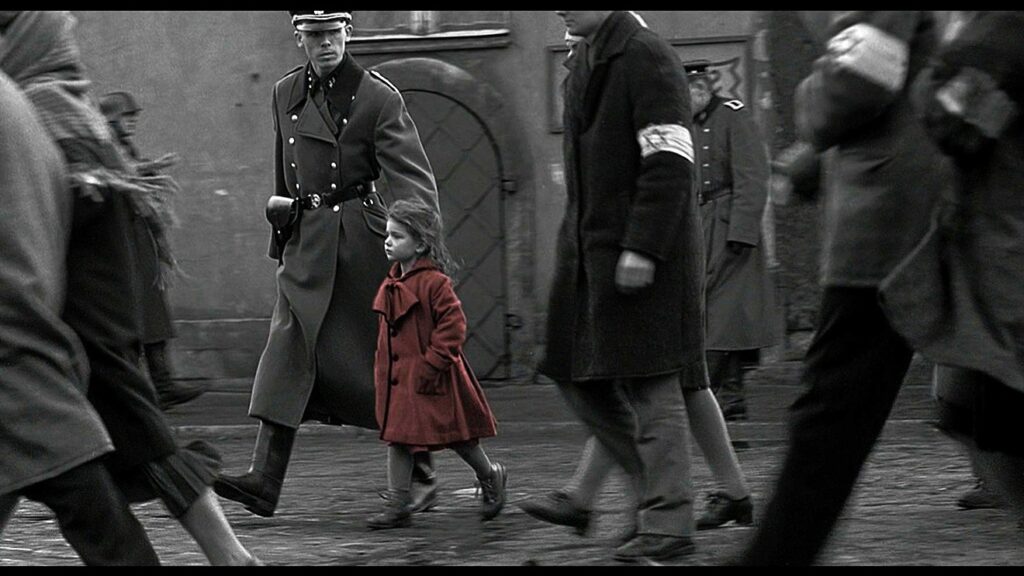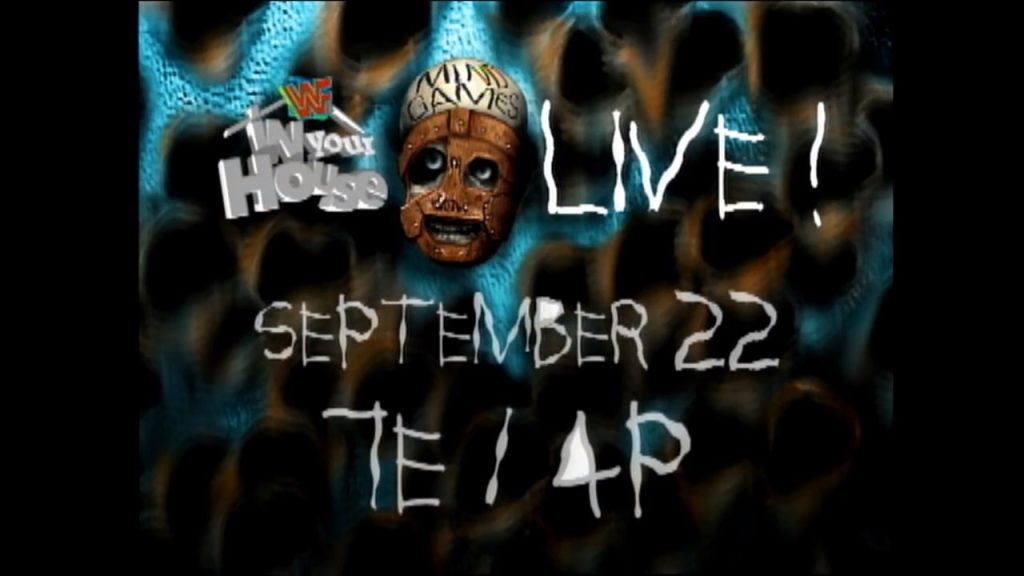Lex Luger in the WWF: What Went Wrong?

An Unexpected Journey
Lex Luger, with his Herculean physique and magnetic charisma, was a mainstay in the world of professional wrestling during the late 80s and 90s. When news broke that he’d be joining the World Wrestling Federation (WWF) after a prominent tenure in World Championship Wrestling (WCW), expectations were high. Yet, as with many things in the unpredictable world of wrestling, Luger’s journey in the WWF was anything but straightforward.
The Narcissist: A Heel Debut
Luger made his WWF debut at the Royal Rumble in 1993, introduced as “The Narcissist” Lex Luger. This character was a self-absorbed heel (a wrestling term for a villain) who was fixated on his physique, often posing in front of full-length mirrors to showcase his muscular build. WWF’s promotional material for Luger centered on his chiseled form, suggesting a mega-push was on the horizon.
But this wasn’t the only buzz around Luger at the time. Behind the scenes, there were whispers of Luger’s potential, with some seeing him as the perfect contender for the WWF’s top spot. Vince McMahon, WWF’s chairman, was known for favoring wrestlers with larger-than-life physiques, and Luger seemed to fit the bill perfectly.
The “All American” Push
Shortly after his debut, WWF’s top draw, Hulk Hogan, departed the company. The WWF urgently needed a new face, someone who could appeal to the masses and represent American values, much like Hogan did. Enter Lex Luger, who underwent a character transformation from “The Narcissist” to “Made in the USA” Lex Luger.
Luger’s face turn (a term used when a heel becomes a good guy) was sudden. It began with a patriotic angle at a WWF event on the USS Intrepid on Independence Day, 1993. The storyline featured Luger body-slamming the seemingly unslammable Yokozuna, the WWF Champion at the time. This was the catalyst for Luger’s push as the next “All American” hero.
The subsequent months saw Luger traveling across the country in a campaign-style bus tour called the “Lex Express.” The aim was to galvanize fan support, leading to his main event match against Yokozuna at SummerSlam. WWF poured immense resources into building Luger as the new face of the company, but there was just one issue: the fans weren’t buying it.
The Struggle for Fan Acceptance
While the WWF machine was behind Luger, a portion of the fan base resisted. There were several reasons for this. For one, Luger’s transition from heel to face was abrupt. His characterization as the “All American” felt forced to many fans, and the constant comparisons with Hulk Hogan did him no favors. Hogan had a natural charisma and a deep-rooted connection with the audience that Luger struggled to emulate.
Furthermore, there were backstage rumblings. Stories emerged about Luger’s attitude, which reportedly didn’t sit well with some of his peers. This behind-the-scenes tension, combined with the lukewarm fan reception, made it increasingly challenging for the WWF to justify Luger’s push as the top guy.
Feuds, Storylines, and Decline
Luger’s WWF tenure saw him feud with some of the biggest names in the business, including Yokozuna, Ludvig Borga, and Mr. Perfect. But perhaps his most notable rivalry was with Bret “The Hitman” Hart. Both men co-won the 1994 Royal Rumble, setting the stage for a compelling storyline leading to WrestleMania X.
Despite the high-profile feuds, Luger’s momentum waned. By 1995, it became clear that the WWF had moved on from pushing Luger as the face of the company, focusing instead on other rising stars.
Departure and Reflection
Luger’s decline wasn’t just about fan reception. Behind the scenes, there were murmurs. Rumors of missed opportunities, not entirely capitalizing on big moments, and perhaps not having the full backstage support affected his WWF journey.
By 1995, it became evident that Luger’s time in WWF was winding down. His last appearance was at the 1995 SummerSlam. Shortly after, in a move that shocked the wrestling world, Luger appeared on the debut episode of WCW’s Monday Nitro, signaling his return to the WWF’s rival promotion and marking the end of his tumultuous tenure in the WWF.
In hindsight, while Luger’s WWF run had its moments of brilliance, it remains a classic example of the unpredictable nature of wrestling – where even the best-laid plans can go awry, and fan reception can change the trajectory of what seemed like a guaranteed success story.




